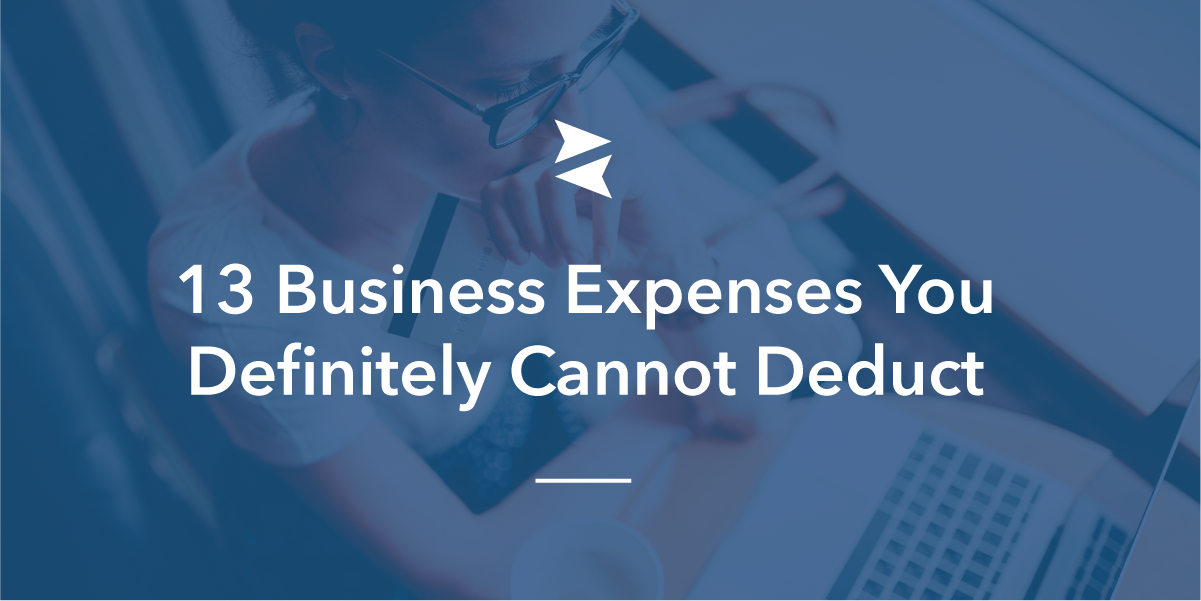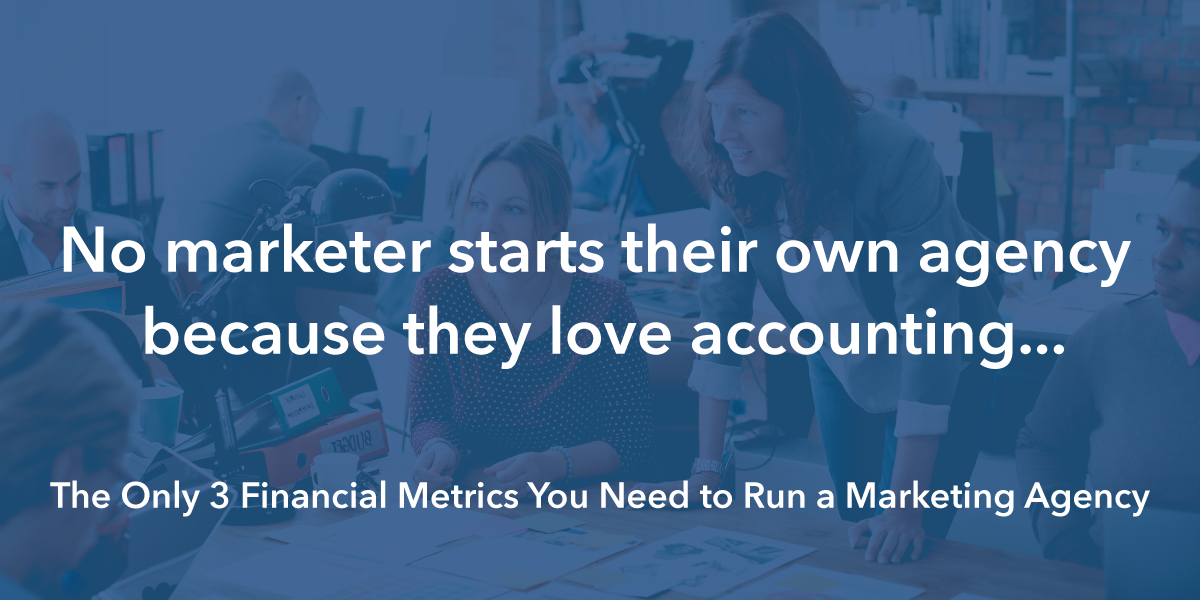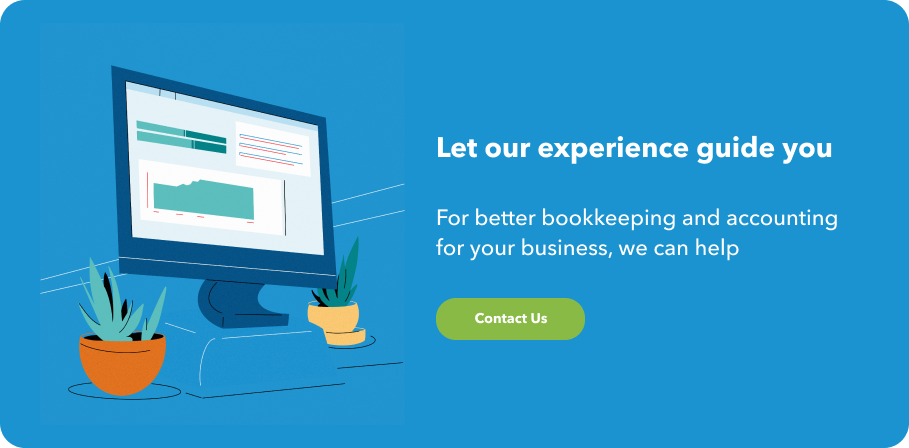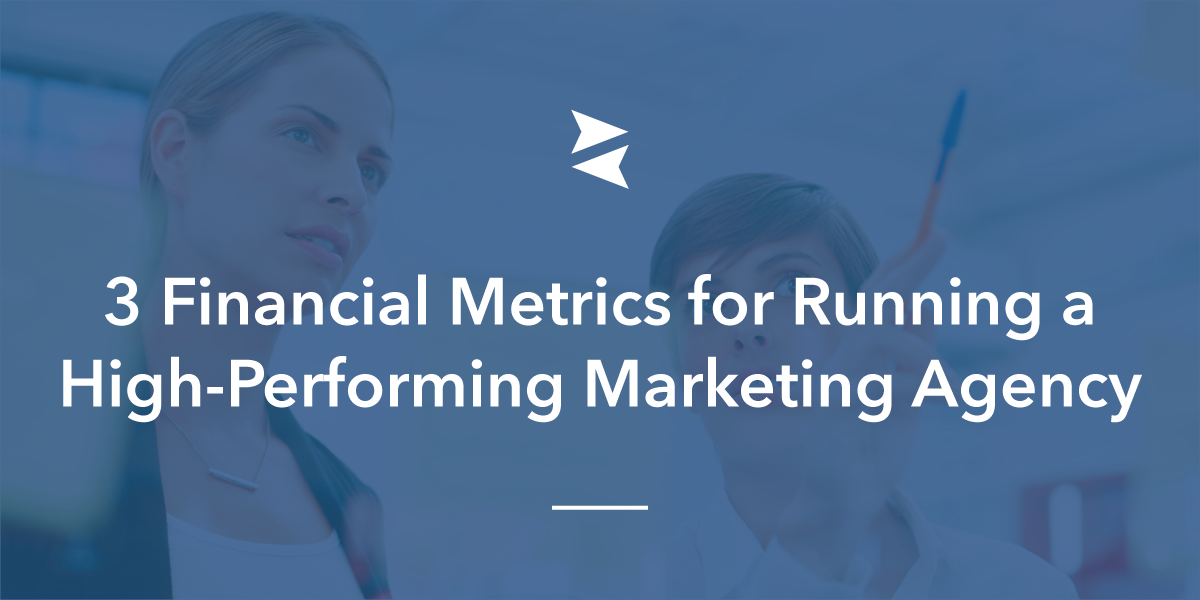No successful marketer decides to start their own agency because they love accounting. Not even the most passionate digital marketers who love getting deep into the data, like I did when I started Adficient.
But when you transition from expert to entrepreneur, you also take on the fiduciary responsibility for your company’s livelihood. If you’re anything like me, you want to use the right financial data and reports to track that performance.
When read correctly, your financial data can tell you how your business is doing, what you need to do to fix or improve it, which risks to take, what clients to take on or avoid, and virtually anything you need to keep business running smoothly. However, knowing which numbers to pay attention to can be the biggest hurdle.
How I Measure Financial Performance at My Marketing Agency
1. Revenue
Quite simply, revenue is the total sum of money that Adficient makes from customers and other assets. When we make a sale, the revenue is the amount of money that comes in as a result, before we apply the cost of acquiring that customer. So, if we sell something for $1,000, we’ve received $1,000 in revenue.
The amount of revenue we bring in depends on factors like our number of revenue streams, our business model working behind the scenes, and our price point for each service. The goal of most business strategies is to increase revenue in a scalable manner. There are three core strategies used to scale revenue:
The Volume Model:
Your company sells a lot of low-revenue items and relies on a high number of transactions to create enough revenue to make a profit. The classic example is the dollar store. A digital marketing example would be setting up template-based websites in under an hour. These are fast to set up because they are basic. Thus you can charge less, but get more customers who are interested in speed over customization.
The Premium Model:
This is the opposite of the volume model. Your company creates custom solutions that no one else offers at a higher price point. There are many examples of this across all marketplaces. The art world is probably the ultimate example. A digital example would be building custom business websites and web apps from the ground up. The premium model focuses on all of a customer’s pain points and builds something special to take care of them all. This helps make the case for a higher price point, but it also means that there will be fewer customers coming through the doors.
The Hybrid Strategy:
Most businesses choose a balance between these approaches by offering multiple products or services. Some offerings will be ‘cookie cutter,’ and some will be ‘tailored.’ By going this route, you are casting the widest net with your clients, but you also stand to deter higher-end clientele because you are not solely focused on them.
The best model for generating revenue will depend greatly on your product and your target audience. Once you have decided on the business model that you choose to work with, it’s time to look at the next part of the equation: profits.
2. Cash Flow
Cash flow is related to revenue, but it’s not quite the same. Cash flow looks at the relationship between revenue, business costs, and profits. A positive cash flow means you’re bringing in enough revenue to pay all of your costs and have some left over. This is the perfect scenario. Companies can have high revenues, and still struggle to reach ideal cash flow, because they still have high costs. Conversely, if the revenue is high and cash flow is high, that’s the sign of a healthy company.
The two reports you’ll look at to determine the health of your cash flow are your burn rate and cash runway. Your burn rate is the amount you spend on a monthly basis. When you divide the cash you have on hand by your burn rate, you get your cash runway, which tells you how long your business could survive if you stopped making any money.
Every transaction in a business—including marketing businesses—has costs. These costs might be for the web hosting that you have to purchase to put up your clients’ sites or the developer you hire for the project or the software you use to develop an SEO strategy. You must take all of these costs into consideration before you can see whether or not a business is making a profit.
One of the reasons that there are so many failed businesses is that many of those companies did not devote their attention to generating positive cash flow. The primary way I keep cash flowing at a healthy rate is by bringing in new customers and repeat customers. This brings revenue over time, which I can use to pay costs and generate profit.
3. Cost per acquisition
Much of the success Adficient has experienced comes from the low cost per acquisition compared to traditional advertising.
Cost per acquisition (also known as your customer acquisition cost, or CAC) is the amount of money that it costs to acquire, serve, and retain a customer. Put simply, if the CAC is higher for my PPC Management Company than the amount of money that my customers bring in, I’ll soon generate a negative cash flow. But if my CAC is lower than the average revenue per customer, I’m in the zone for making profits.
The best way to minimize the internal costs of services (including CAC and other expenses such as your cost of goods sold)b is to create a system to track them. When you proactively take steps to bring costs down, the amount of cash that you have on hand naturally goes up (assuming revenue stays the same).
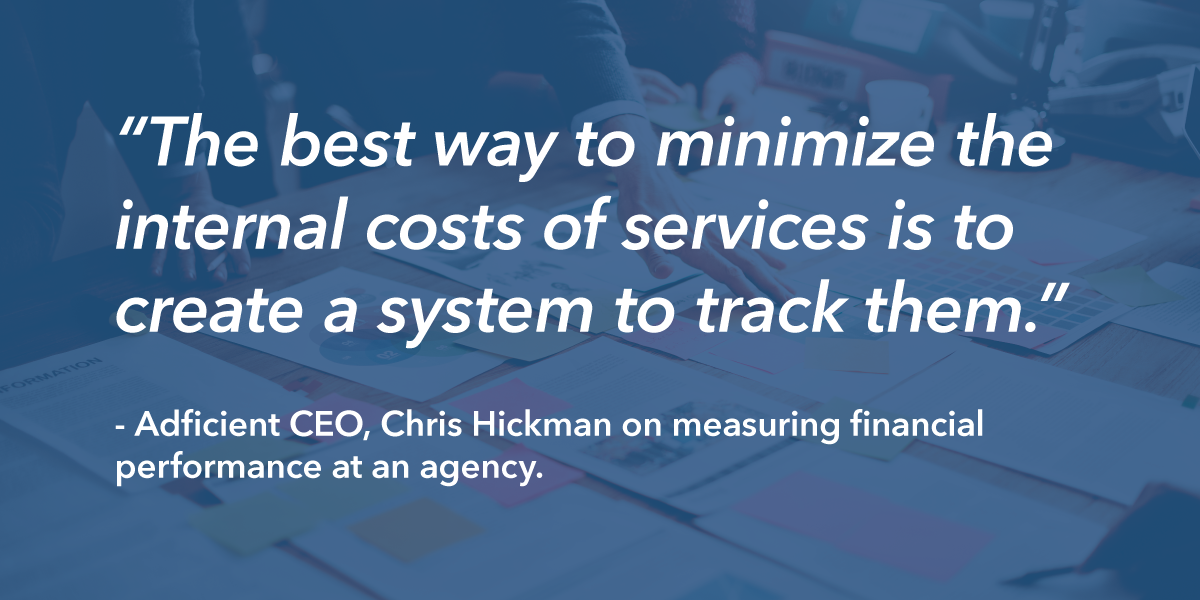
In every business, but especially in digital marketing, there are many ways to acquire customers. We use everything from the power of keywords and organic search to pay per click ads, or even networking events. The trick is always to test ways to bring in new customers because there’s the chance that we’ll find something that draws in clients and saves us money.
The lower the cost per acquisition, the higher the profits. So, anything I can do to reduce the cost per acquisition without losing the customer is a good thing.
When these three metrics—revenue, cash flow, and cost per acquisition—are in balance, I sleep well at night knowing my business is successful. When they aren’t, problems arise. While these metrics are what I use to run Adficient, I know there are others that may suit different business models or strategies. These numbers form my financial framework, and from there I can run everything else.
What financial equations or data points do you use to run your business?
As Chris pointed out, each business is unique and may need to rely on a different set of metrics to find ways to be fiscally successful. We’d love to hear what works for your business or agency in the comments below!
If you’re a business owner who’d like to learn more about using financial equations and ratios, get started by downloading the Top 7 Accounting Terms & Equations for Running a Business today!
Quick Note: This article is provided for informational purposes only, and is not legal, financial, accounting, or tax advice. You should consult appropriate professionals for advice on your specific situation. indinero assumes no liability for actions taken in reliance upon the information contained herein.
